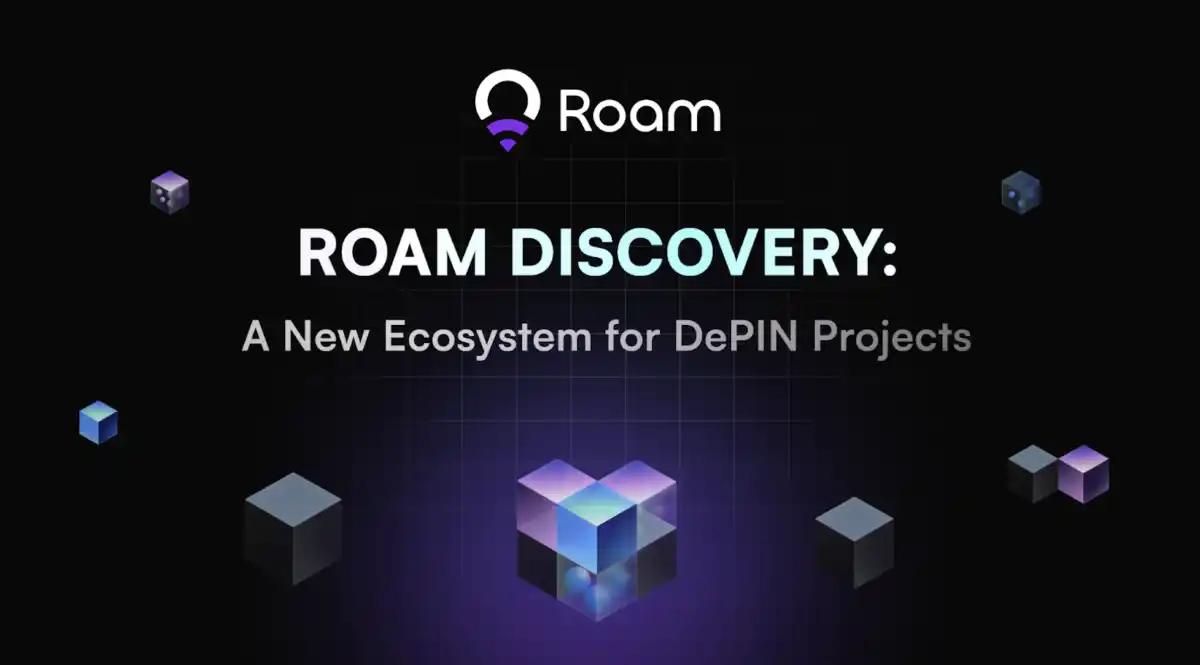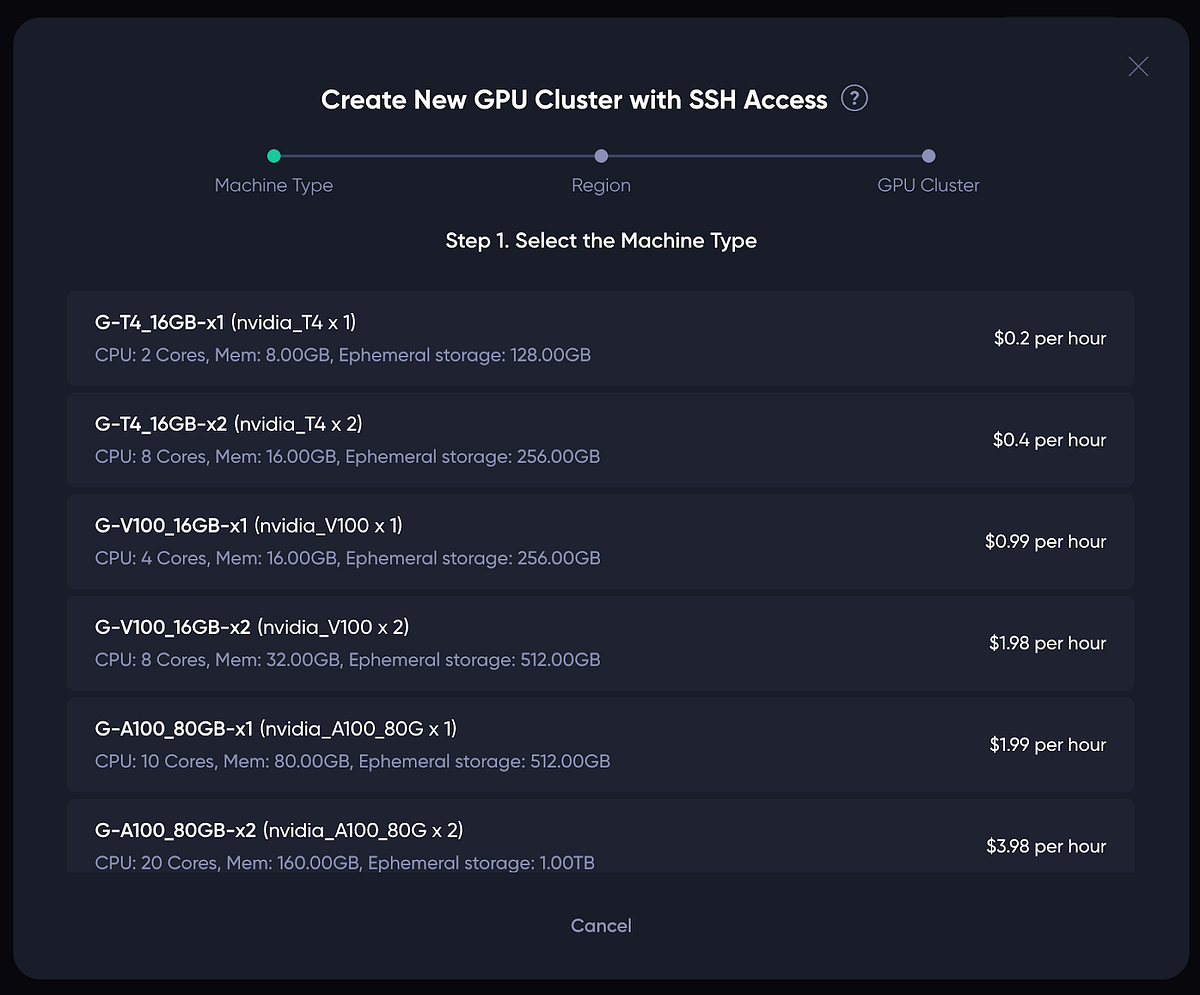Roam Revolutionizes AI Infrastructure with Innovative Data Solutions

The landscape of Artificial Intelligence (AI) infrastructure is evolving, with a strong emphasis on three key pillars: computing power, algorithms, and data. Initially, the focus was on enhancing computing power, leading companies to invest heavily in GPUs and data centers. Notably, Web3 mining firms like Coreweave transitioned to AI data centers, while distributed computing platforms such as IO and Aether gained traction. As advancements reduced computing bottlenecks, the spotlight shifted towards edge capabilities and the role of blockchain in incentivizing user participation through token mechanisms, marking a significant evolution in AI infrastructure.
As the AI industry progresses, the emphasis has now turned toward algorithms and models, with innovations like DeepSeek V3 prompting critical discussions about cost reduction in AI-Generated Content (AIGC) production and the feasibility of privacy-preserving distributed computing frameworks. Despite the limited current applications of crypto projects in this area, the potential for growth remains substantial. However, the data layer presents a significant challenge, as the availability of high-quality, well-structured data for effective model training is in question. Projects like Grass, aimed at rescraping internet data, highlight the need for clean training data and breaking down data silos to facilitate sharing while maintaining privacy.
Roam, a pioneering Web3 project, is addressing these challenges by creating a global open wireless network that transforms private data into AI-ready datasets. Supported by industry alliances, Roam’s innovative Global WiFi OpenRoaming™ + eSIM Top-Up product incentivizes user participation and ensures seamless connectivity. By breaking down barriers to private data access, Roam enhances data sharing while prioritizing security and privacy. This initiative not only empowers AI agents to operate across various devices but also lays the groundwork for a new era of AI integration with the Internet of Things (IoT), signaling a transformative shift towards a silicon-based civilization where AI and humanity coexist harmoniously.
Related News





